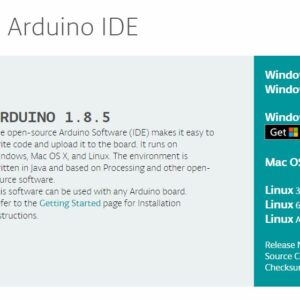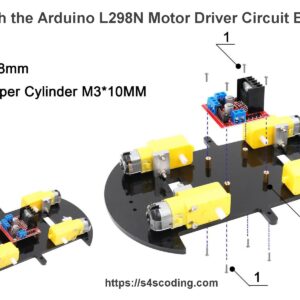Pupils at key stage 2 should be taught to:
- design, write and debug programs that accomplish specific goals, including controlling or simulating physical systems; solve problems by decomposing them into smaller parts
- use sequence, selection, and repetition in programs; work with variables and various forms of input and output
- use logical reasoning to explain how some simple algorithms work and to detect and correct errors in algorithms and programs
- understand computer networks, including the internet; how they can provide multiple services, such as the World Wide Web, and the opportunities they offer for communication and collaboration
- use search technologies effectively, appreciate how results are selected and ranked, and be discerning in evaluating digital content
- select, use and combine a variety of software (including internet services) on a range of digital devices to design and create a range of programs, systems and content that accomplish given goals, including collecting, analysing, evaluating and presenting data and information
- use technology safely, respectfully and responsibly; recognise acceptable/unacceptable behaviour; identify a range of ways to report concerns about content and contact
National Curriculum Computing Programmes of Study
- Primary School Coding Curriculum Key Stage 1
- Junior School Coding Curriculum Key Stage 2
- Secondary School Coding Curriculum Key Stage 3
- Secondary School Coding Curriculum Key Stage 4
Continue Reading National Curriculum in England: Computing Programmes of Study





Google Blockly Games Maze 6 Solution #Blockly #Javascript #Coding...
Arduino Uno Board #microcontroller #Hackerspace...
Computer Science Teacher Training #Teacher #Training...
Cubetto Classroom Trial Review #Cubetto #Coding #Teachers...
Funny IBM Hack a HairDryer Tweet #IBM #Funny...
Google Blockly Games Maze 4 Solution #Blockly #Javascript #Coding...